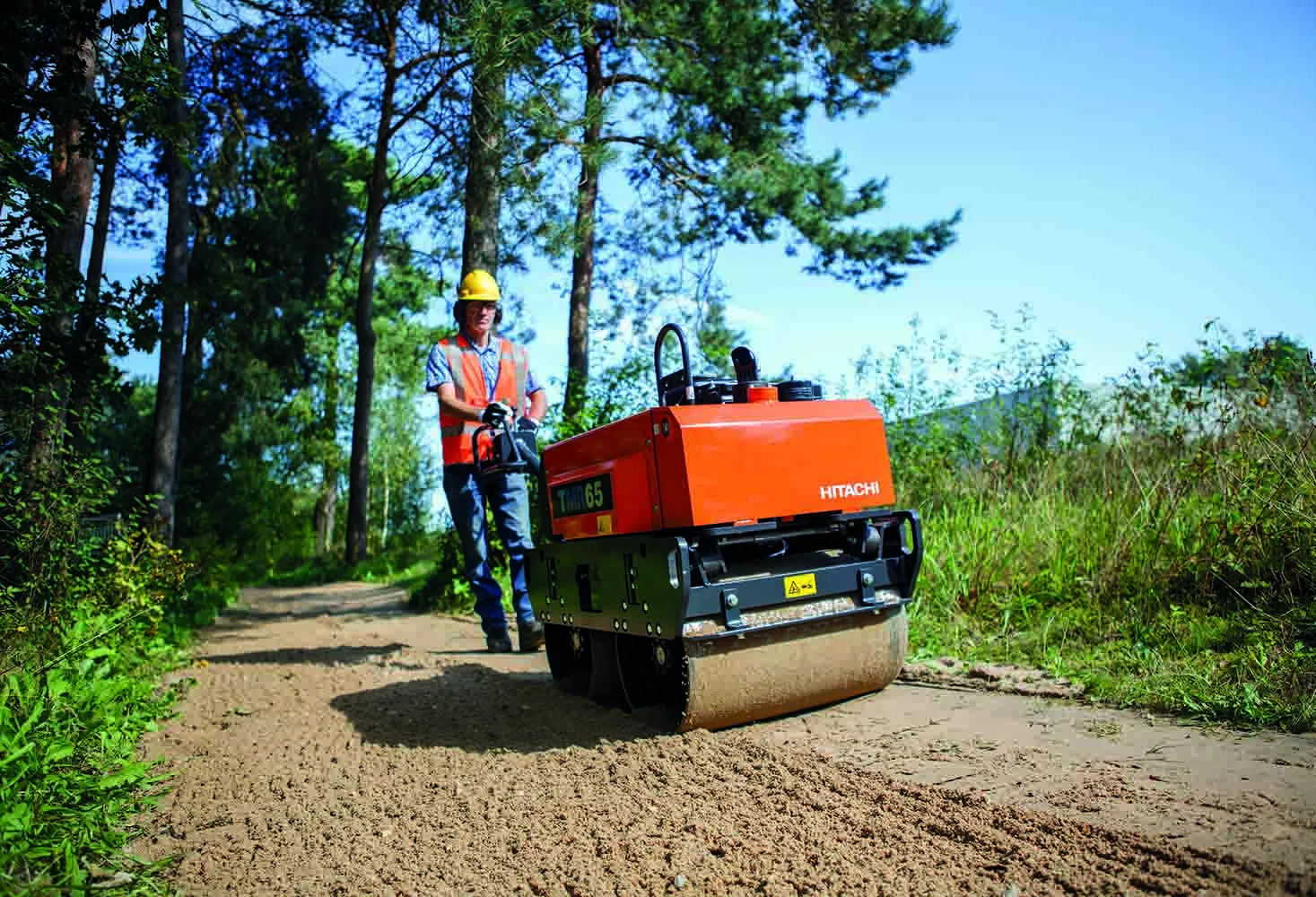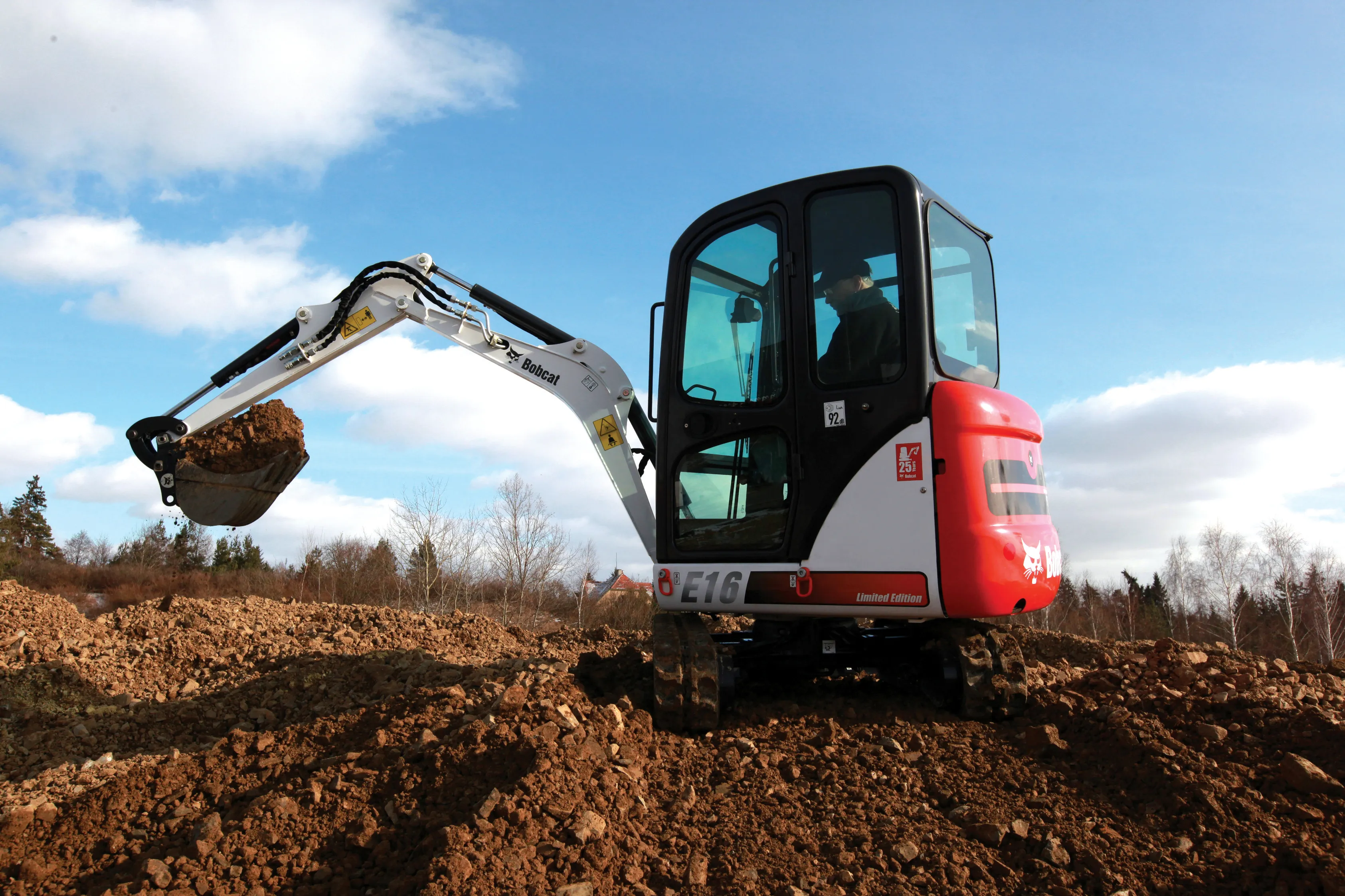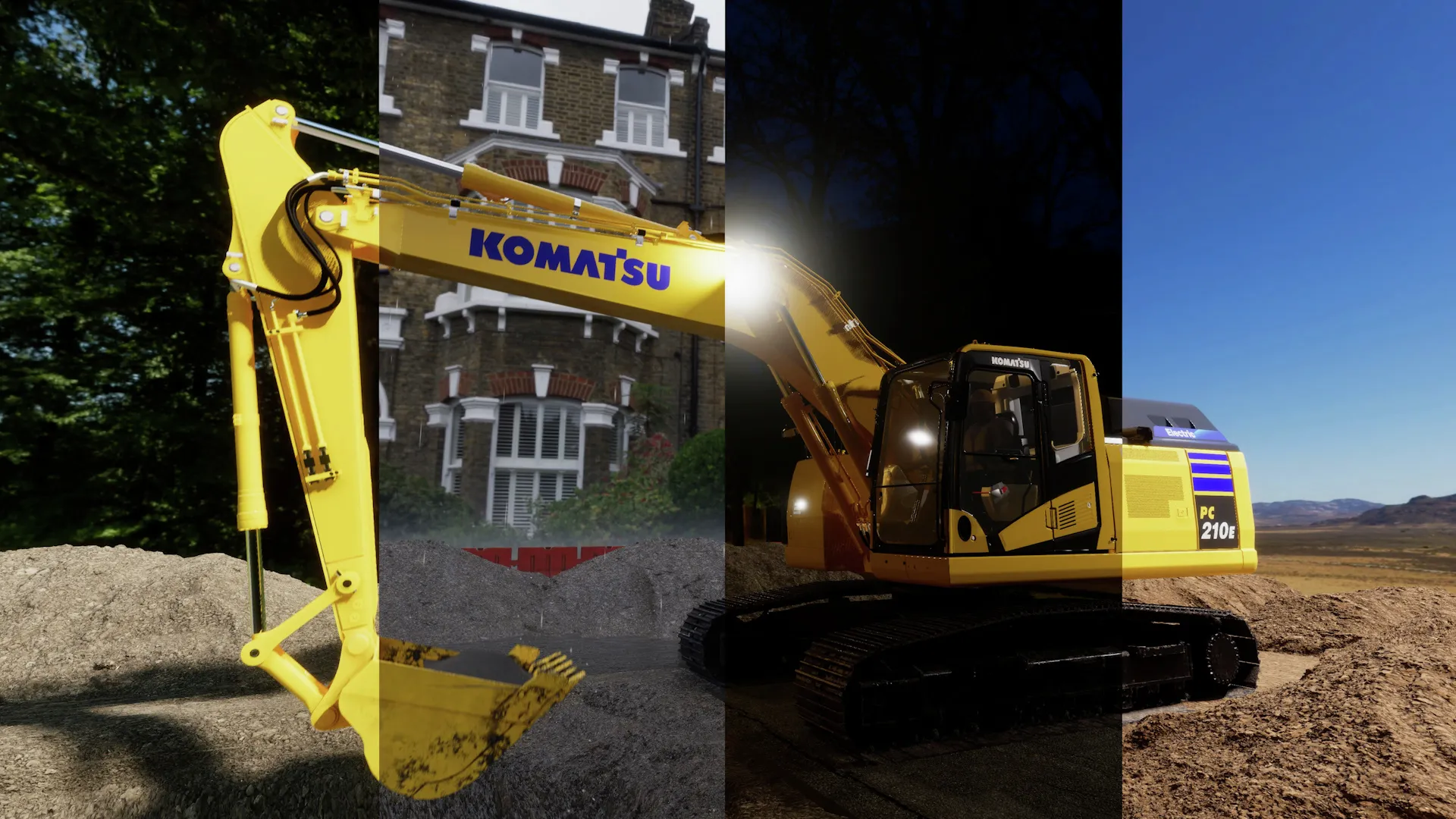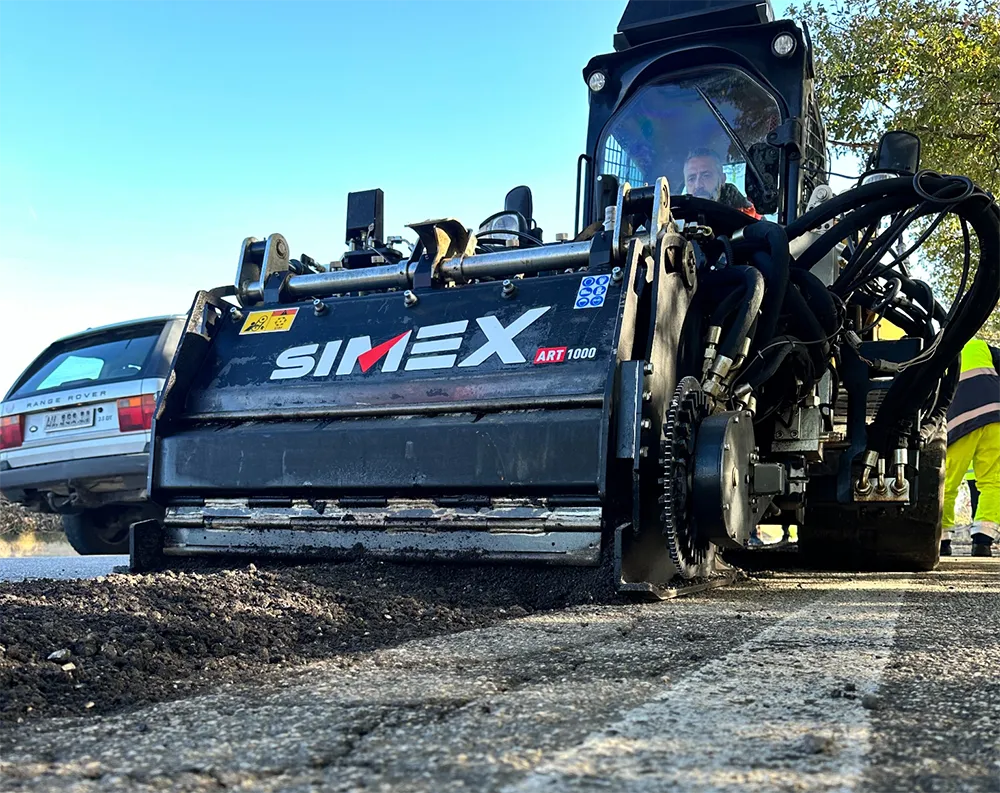The TMR65KDS walk-behind roller is one of a host of new compaction equipment models from Hitachi Construction Machinery (Europe). Suitable for a number of small-scale jobs, including those incorporating asphalt and sand, the versatile new machine is designed to be highly productive and easy to operate.
The Hitachi TMR65KDS walk-behind roller is said to offer exceptional performance and quality thanks to the direct connection between the hydraulic motors and the drums – without the need for a gear reductio
January 6, 2017
Read time: 2 mins

The TMR65KDS walk-behind roller is one of a host of new compaction equipment models from 233 Hitachi Construction Machinery (Europe). Suitable for a number of small-scale jobs, including those incorporating asphalt and sand, the versatile new machine is designed to be highly productive and easy to operate.
The Hitachi TMR65KDS walk-behind roller is said to offer exceptional performance and quality thanks to the direct connection between the hydraulic motors and the drums – without the need for a gear reduction system.
With only a 65cm drum width, these lightweight machines offer outstanding manoeuvrability. A high level of linear pressure ensures optimal performance and a powerful compaction force. Additionally, a low overall height means better visibility and safer working conditions for the operator.
Energy is transferred from engine rotation to the hydraulic pump via the V-belt, which powers the motors in each drum. By operating the FNR lever, the operator can easily adjust the flow of hydraulic liquid and change the direction of travel.
Maintenance can be carried out quickly and effortlessly, thanks to the one-touch keyed gull-wing engine cover, which allows convenient access to the engine and reduces servicing times.
The pull-out sprinkler nozzle is a simple and effective cleaning tool. The 35litre capacity sprinkler tank also ensures that a large amount of cleaner can be made available out on site.
“The TMR65KDS walk-behind roller offers the same high level of quality, reliability and overall performance Hitachi construction machinery owners are familiar with,” said Joep van den Maagdenberg, product specialist at Hitachi Construction Machinery (Europe). “It is an easy machine to operate, and has been designed to be more productive on the job site through a number of time-saving features, which also help to increase availability.”
The Hitachi TMR65KDS walk-behind roller is said to offer exceptional performance and quality thanks to the direct connection between the hydraulic motors and the drums – without the need for a gear reduction system.
With only a 65cm drum width, these lightweight machines offer outstanding manoeuvrability. A high level of linear pressure ensures optimal performance and a powerful compaction force. Additionally, a low overall height means better visibility and safer working conditions for the operator.
Energy is transferred from engine rotation to the hydraulic pump via the V-belt, which powers the motors in each drum. By operating the FNR lever, the operator can easily adjust the flow of hydraulic liquid and change the direction of travel.
Maintenance can be carried out quickly and effortlessly, thanks to the one-touch keyed gull-wing engine cover, which allows convenient access to the engine and reduces servicing times.
The pull-out sprinkler nozzle is a simple and effective cleaning tool. The 35litre capacity sprinkler tank also ensures that a large amount of cleaner can be made available out on site.
“The TMR65KDS walk-behind roller offers the same high level of quality, reliability and overall performance Hitachi construction machinery owners are familiar with,” said Joep van den Maagdenberg, product specialist at Hitachi Construction Machinery (Europe). “It is an easy machine to operate, and has been designed to be more productive on the job site through a number of time-saving features, which also help to increase availability.”








